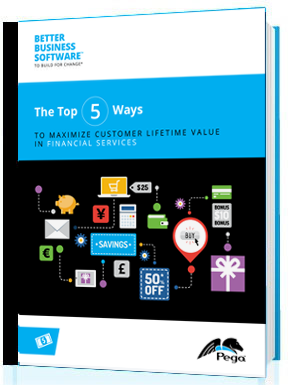Apple Mobile Payments: A Tale of Two Cities — Part 2

While Apple Pay has survived its first Black Friday, adoption among consumers has been, well, ‘meh’ (non-Millennial translation: indifferent). According to real-time shopper survey data compiled by InfoScout, a paltry nine percent of the iPhone 6 and 6 Plus users have tried using Apple Pay at checkout since its October debut. Among those shoppers, there was only a 50-50 chance they would use it at checkout on Black Friday. In Part 1, I noted that Apple has the brand equity to bring significant change to the payments space. Despite the lackluster uptake, Apple still has a great opportunity to be a solid competitor in the payments industry by using Millennials to help drive its success and adoption with other consumers.
For many Millennials, Apple Pay is the way to get the banking experience they want and believe they deserve. After all, banks just don’t grasp what Millennials want. This is largely the result of how this generation is portrayed in the media. People assume Millennials are all the same and fall in love with anything that is “i-“branded. However, this is far from the truth, and according to a recent Independent Community Bankers of America® (ICBA) study, banks forget that Millennials (80 million are in the US) represent the greatest lifetime value of any banking customer.
What Millennials want is an easier way to do the things they need to do on a daily basis with a device and platform they know and trust. Apple has created a de facto industry standard and carved out a niche in the market that simplifies the everyday actions of its Millennial consumers while fulfilling their need for security. Because Millennials readily embrace innovation and personalized experiences, Apple sees an opportunity to change the way we pay for things in an underserved and chaotic market.
However, Apple must find a way to seamlessly integrate Apple Pay into the customer purchase flow. According to the data from the InfoScout survey, 31 percent of consumers did not know if the store accepted Apple Pay. Additionally, 25 percent of consumers simply forgot to use it, though the vast majority said it is easier and more convenient than “swiping”. The support of digital natives such as Millennials is crucial to the success of Apple’s vision in the payments space.
Need proof that Millennials are the answer? According to a report from the National Retail Federation, Millennials were the largest group of consumers during the recent Black Friday weekend. Millennials accounted for 74 percent of all shoppers, both in store and online. Also, they spent more money than older consumers – buying more than $400 worth of merchandise on average.
While the majority of banks and networks are covered on the “issuer” side, Apple needs to address the lack of “ubiquity” on the merchant side. The bottom line: Apple must excite and engage Millennials through the merchants they frequently use. When Apple can effectively convert retailers preferred by Millennials, the company can successfully capture more payments mindshare and reassert its value across all generations.
 |
Top 5 Ways to Maximize Customer Lifetime Value in Financial Services |
Leave a Comment
You must be logged in to post a comment.







